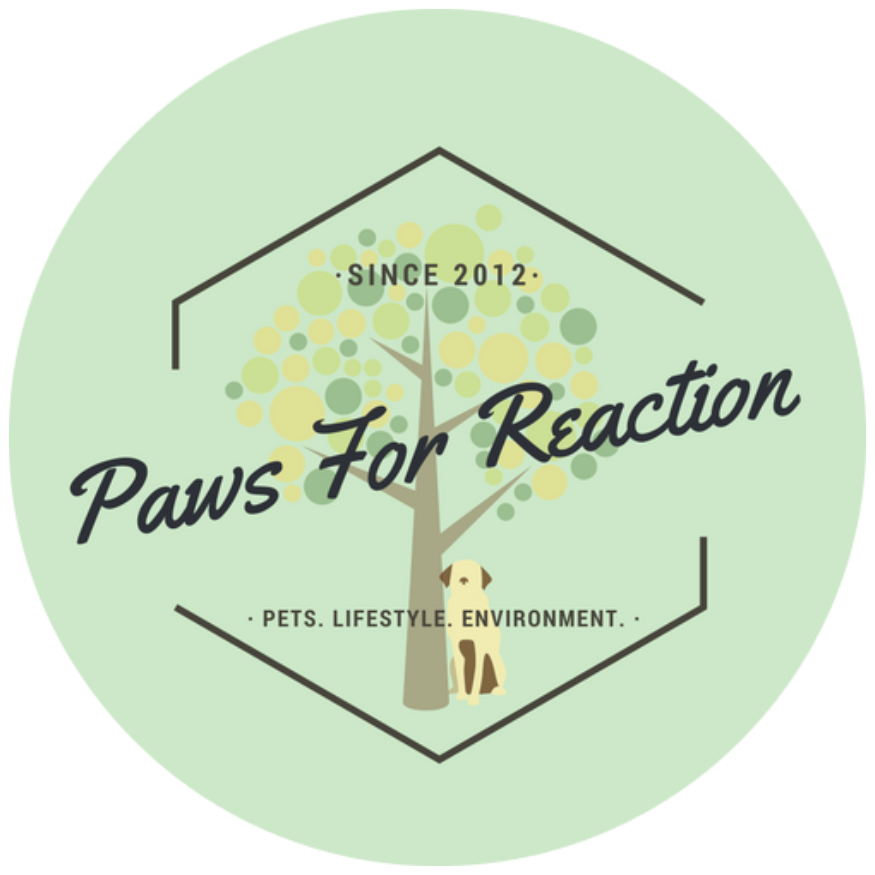Pet Dental Health Month: Tips and tricks to combat doggy breath
The right tools for the job
Taking your cat or dog to the veterinarian for dental check-ups should be done every six to twelve months. Your doctor should be checking your pet's teeth at every annual wellness exam. The doctor will give your pet a dental grade of 1-4. Depending on the grade, your doctor may recommend a dental cleaning. Many pet owners avoid this due to cost but I urge pet owners to consider it an investment in their pet's overall health. If regular scaling and polishing are not done- especially in pets prone to dental diseases like cats or Yorkshire Terriers- costly extractions and dangerous infections can form before you know it. It always costs more to fix a problem than it does to prevent one. Most pet owners don’t realize the extent of the damage until it is too late. Combating dental disease well in advance can significantly change the quality of life for your pet!
 |
|
|
The war on pet dental disease is waging! Oral care is so
important for pets and brushing their teeth is the best way to prevent future
dental disease. I brush my dogs Hazel and Keira’s teeth but let me tell you-
it’s tricky. Not just for me, but for many pet owners. Over the years I have
been able to get some tricks from savvy pet owners and veterinary professionals
and I feel it is only fitting to share them. According to the American Animal
Hospital Association (AAHA), approximately 85 per cent of cats and dogs over the age of three have some form
of periodontal or dental disease. I hope that by sharing these tips, teeth brushing
can become a happy, fight-free experience!
When
to go on the dental defensive
Now! An older pet can get used to having her teeth
brushed, but it is easier to teach a puppy or kitten to like- or tolerate- brushing.
You can start at around nine weeks with a finger brush and no paste. Then
introduce a great-tasting pet toothpaste- I recommend poultry, Hazel’s
favourite. She has had her teeth brushed since she was 10 weeks old- not every
day, but most days- and she likes the meaty flavours. Another flavour that is
surprisingly popular is vanilla mint! Brush your pets' teeth at the same time
every day to establish a routine. It is best to brush after she has had
exercise and is tired. It gets Hazel every time- I like to start while she is
still sleeping and ambush her. Before she knows it, the war is over!
 |
| Hazel tests out a new pet-friendly toothbrush! |
Ready
the troops
It is important to get your pet used to having her mouth
touched prior to the first brushing. This was especially fun for me because my
dogs have big, floppy Saint Bernard jowls. My cat was less fun. Flip the lip! Put
something tasty on your finger- like wet food or a pet-friendly paste. Let her
lick it off of your finger. Rub your finger along her teeth and gums, massaging
the gum line, making it a fun experience. Allow her to become familiar with the
toothbrush. The new texture may her throw off, so put something tasty on the
bristles and let her lick it off. This does not mean chewing the brush,
despite Hazel’s many attempts. When brushing, start with the canines and the
molars and finish with the front teeth. Most veterinarians recommend brushing
your pet’s teeth every day. Give her frequent praise and rewards. If she is
struggling with the process stop and give her praise and a treat, for trying.
Wait a few seconds and start brushing again. Make sure she knows that if she
complies she will be rewarded!
The right tools for the job
Finger brushes are great and so are brushes that resemble human toothbrushes- it is all trial and error. Hazel and Keira have big teeth, so a larger brush was better. Visit your local veterinary clinic to get a toothbrush. It is important to use a pet-specific toothbrush. NEVER use human toothpaste on your pet. Most human toothpaste contains fluoride which is extremely toxic to dogs and can upset a cat’s stomach and it's not made to be swallowed. Since pets swallow the toothpaste it is highly recommended that you purchase it at your local veterinary clinic to ensure its safety. Let your pet try the toothpaste and allow her to associate the taste with a treat.
 |
| Keira enjoys her dental chew! |
Battle
between brushes
Buy treats and toys designed to help keep your pet's teeth clean. Rope toys can be paired with dental sprays to floss teeth. Dental chews can scrape away at tartar and plaque. Water additives can be purchased at a veterinary clinic. If your dog turns her nose up at a dental treat, put it inside your pet’s bag of food. Seal the bag off and give it a shake! The treat will smell like the food they love! Speaking of food, Hazel and Keira are on a veterinary-specific dental diet. It acts as brushing, mouth wash, and chew in one! We get our dental chews from our veterinary clinic and never use anything like deer antlers or bones. Both of those items are extremely dangerous and aren’t designed to clean teeth. Deer antlers often lead to fractured teeth and animal bones can block the intestinal tract resulting in costly surgeries. Yikes!
 |
| Flip the lip! |
Your
best dental defence
Taking your cat or dog to the veterinarian for dental check-ups should be done every six to twelve months. Your doctor should be checking your pet's teeth at every annual wellness exam. The doctor will give your pet a dental grade of 1-4. Depending on the grade, your doctor may recommend a dental cleaning. Many pet owners avoid this due to cost but I urge pet owners to consider it an investment in their pet's overall health. If regular scaling and polishing are not done- especially in pets prone to dental diseases like cats or Yorkshire Terriers- costly extractions and dangerous infections can form before you know it. It always costs more to fix a problem than it does to prevent one. Most pet owners don’t realize the extent of the damage until it is too late. Combating dental disease well in advance can significantly change the quality of life for your pet!
Give me a high paw and follow Paws For Reaction on Pinterest
Like Paws for Reaction on Facebook
Follow @PawsForReaction on Twitter
Follow my blog and subscribe in the sidebar >>
breath
brush teeth
canine
care
cat
cat treat
dental
dental health
dental treat
dentist
dog
February
feline
health
medical
teeth
tooth brush
veterinary




















0 Comentarios